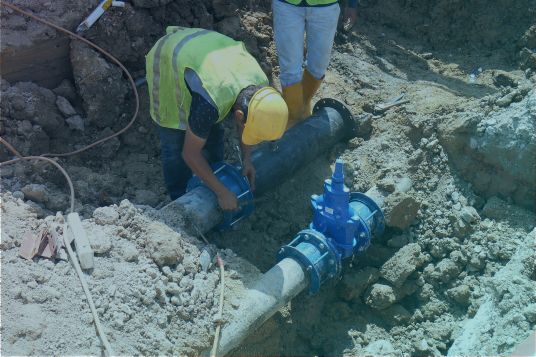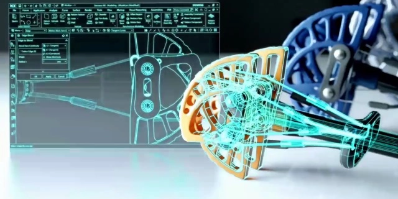Empower your industry with Emixa
Unlocking Excellence and Efficiency in Industrial Machinery

Trend #1
Increasing adoption of Industry 4.0
Trend #2
Sustainable and environmentally friendly
Trend #3
Digital tools and technologies in supply chain
Trend #4
Personalised and customized products



Emixa has in-depth expertise in the construction and infrastructure sector, focusing on SAP implementations for process optimisation and innovative digitalisation projects. It is a leader in delivering customised solutions that improve efficiency and performance in the dynamic construction and infrastructure industries.
VIEW ALL CASESDiscover IT solutions for construction, infrastructure and utility sectors. Download our digitalisation guide now to elevate your projects and propel them to new heights.





Unlocking Excellence and Efficiency in Industrial Machinery
In the competitive landscape of industrial machinery, the relentless pursuit of innovation is the hallmark of success. For XYZ Corp, a longstanding player in the industry, this pursuit was no less than a mission.
Faced with the challenge of keeping pace with the rapid advancements in technology, they embarked on a transformational journey that would redefine the way they approached manufacturing.

In the competitive landscape of industrial machinery, the relentless pursuit of innovation is the hallmark of success. For XYZ Corp, a longstanding player in the industry, this pursuit was no less than a mission.
Faced with the challenge of keeping pace with the rapid advancements in technology, they embarked on a transformational journey that would redefine the way they approached manufacturing.

In the competitive landscape of industrial machinery, the relentless pursuit of innovation is the hallmark of success. For XYZ Corp, a longstanding player in the industry, this pursuit was no less than a mission.
Faced with the challenge of keeping pace with the rapid advancements in technology, they embarked on a transformational journey that would redefine the way they approached manufacturing.

With ERP (Enterprise Resource Planning) you achieve process optimisation, cost control, real-time information, better decision-making and improved efficiency in business activities.